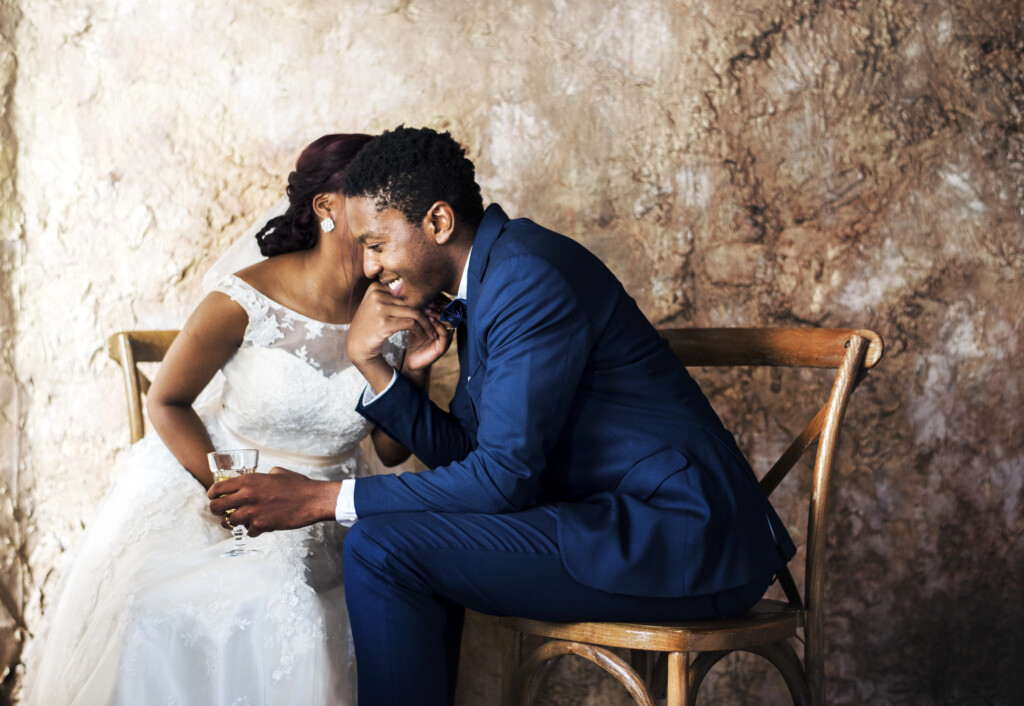Suits have come a long way from their rigid, traditional roots. What was once considered a strict uniform has evolved into a platform for expression, blending heritage with modern trends.
A Short History
Originally a symbol of formality and structure, the suit has undergone numerous reinventions—from the wide-lapelled styles of the 70s to the slim silhouettes of the early 2000s. Today, it’s about balance: formality meets flexibility.
Modern Customization
Personal expression is now central to suiting. From bold linings to contrast stitching and unique fabric blends, details once reserved for fashion insiders are now accessible to everyday wearers. This movement has been driven in large part by the growing popularity of custom suits, which offer style without compromise.
Dressing for the Moment
Men are also reconsidering what “formal” means. Wedding suits, for example, now range from sleek black tuxedos to patterned blazers in velvet or emerald green. The rise of destination weddings and themed events has opened the door to new interpretations of classic style.
Tradition Reimagined
Even traditional elements are being reworked. Three-piece suits, double-breasted jackets, and peaked lapels are making a comeback—but with modern proportions and lighter construction.
Final Thoughts
Formalwear is no longer fixed. It evolves with the wearer, occasion, and cultural moment. And that’s what makes it exciting.
Blog 5: Why Fit Still Matters More Than Anything
Trends come and go. Fabrics evolve. Colors shift with the seasons. But one thing remains constant: a great fit is the cornerstone of a great suit.
Defining the Perfect Fit
A proper suit doesn’t pull at the shoulders, bulge at the buttons, or sag at the knees. It aligns naturally with your frame, complementing rather than competing with your posture.
The Pitfalls of Ready-to-Wear
Off-the-rack suits are convenient, but they’re designed to fit as many body types as possible. For most people, they require some tailoring—but even then, the structure and proportions may be off.
Precision and Comfort
A suit should move with you, not against you. This is where the precision of custom suits makes all the difference. Tailors take detailed measurements, considering slope, posture, arm length, and even the way you walk.
When It Really Counts
On milestone days, like weddings or award ceremonies, the pressure is higher—and so are the expectations. That’s why so many people invest in properly fitted wedding suits that look sharp from every angle and feel effortless to wear throughout a long day.
Final Thoughts
Style starts with fit. The best suit is the one you don’t notice—because it fits so well, everything else just works.



